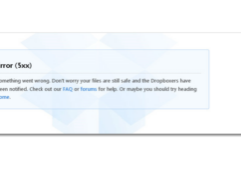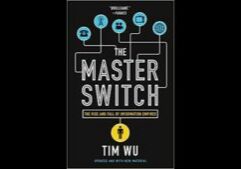A recent blog post by Jeff Bardin (“The Proliferation of Cyber Janitors”) really resonated with me. He points out how much of the security industry is focused on incident response and breach notification. This started with CA 1386 in 2003 and more recently has become a requirement for breaches of health information (HIPAA/HITECH). While I don’t have a problem with these privacy requirements, too many security programs are focused on reactive solutions to detect incidents and respond. Bardin calls this the rise of the Cyber Janitors, those responsible for cleaning up digital messes. If we don’t figure out how to implement proactive security, we will be stuck in clean up mode.
I totally agree with his comments. In fact I will go further and argue that the whole “Prevent-Detect-Respond” security mentality is broken. It originates from the old castle security model, where the “good guys” (us) are protected from the “bad guys” (them) by an impenetrable wall and moat. The wall prevented the bad guys from entering. Sentries detected if a breach was made. Soldiers were awakened if needed to repel the breach. This model worked well for several thousand years but does not work today. Cyber security problems are systems problems and there is no clear dividing line between good guys and bad guys.
I believe we need to put more emphasis on security management and systems design and less emphasis on exclusively technical solutions to what are non-technical problems. Adding more layers to the castle wall just does not work. This was clearly shown in many of the security breaches in 2011. Most security professionals would agree with this, but then put this approach at the bottom of the priority list. The thought is that maybe one more new security appliance will solve our problems.
Virtually all security breaches include a bad actor taking advantage of internal errors or communications problems. We cannot eliminate the bad actors. We can’t anticipate their next attack vector. But we can improve our internal defenses. Continuous improvement models based on Capability Maturity Models have been successful in many software and systems engineering programs. These models can be used to focus on security processes and help measure and keep track of operational excellence or the lack thereof. I believe the adoption and use of these models will help to go beyond annual compliance checks and keep us out of clean up mode.
I will be hosting a panel discussion on this topic (“Achieving Operational Excellence in Security”) at RSA 2012 Thursday March 1, for all those planning to attend this conference. It would be great to have your comments and ideas at this meeting.
Book an Appointment for Cybersecurity Issues
Request an appointment with Dr. Fred Scholl. We will discuss any cybersecurity issues you have.



























































